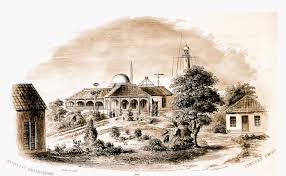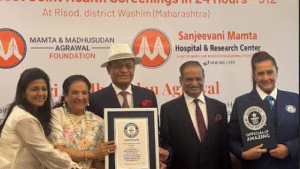The Colaba Geomagnetic Observatory, established in 1846 in Bombay (now Mumbai, Maharashtra), was the first geomagnetic observatory in pre-Independence India. It was set up by scientists of the East India Company to study the Earth’s magnetic field using advanced geomagnetic instruments of that time.
Pioneering Geomagnetic Research: One of the earliest observatories in the world dedicated to the systematic study of geomagnetism.
Continuous Data Collection: Recorded variations in earth’s magnetic field, contributing to global studies on magnetism, space weather, and solar activity.
Expansion to Alibag (1904): Due to urban magnetic disturbances in Bombay, a new observatory was established in Alibag (Maharashtra) in 1904, which continues geomagnetic studies.
Contribution to Space Science: Provided critical geomagnetic data for research in ionospheric studies, geophysics, and space weather phenomena.
Forms the foundation of geomagnetic research in India, now overseen by the Indian Institute of Geomagnetism (IIG).
Contributed to global studies on geomagnetic storms, solar cycles, and polar research.
Played a role in navigation, satellite communication, and defense applications.
The Colaba Geomagnetic Observatory remains an important historical and scientific institution, marking India’s early contributions to global geophysical research.







